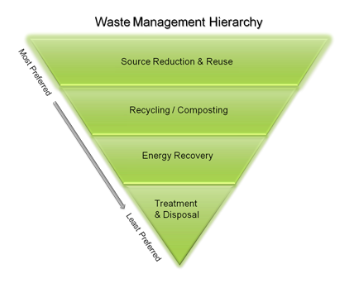Slim to slim thicc
December 6, 2017
How have body standards changed?
“Do these pants make my butt look big?”
What used to be a question out of fear of embarrassment, is now a question out of the desire to be thicc.
The slang “thicc”— describing someone who has curves resembling an hour-glass figure with a large rear end— has recently been defined through social media. Thicc is the new body “norm” expected by society.
Body standards have always been forced onto society through all forms of medium, ranging from television, to fashion, and even to literature.
“To Kill a Mockingbird” by Harper Lee, set in the 1930’s, is an example as to how body standards have been enforced onto society since at least the early twentieth century.
“She was not fat, but solid, and she chose protective garments that drew up her bosom to giddy heights, pinched in her waist, flared out her rear, and managed to suggest that Aunt Alexandra’s was once an hour-glass figure,” states Scout Finch in “To Kill a Mockingbird.”
From Marilyn Monroe, to Jennifer Aniston, to now Kylie Jenner, body standards have constantly been changing. Once people finally adapt to what the standard is, it seems a new trend has already taken its place.
“Marilyn Monroe wasn’t ‘skinny’ by any means, but if you go back to a couple years
ago, it was all about being really skinny,” said Megan O’Donnovan (’20), who has struggled with body image in the past. “Now it’s about being thicc and having big boobs and a big butt.”
Are body standards realistic?
“In the 1940’s, they took 15,000 women and measured nine different dimensions… and came up with the ‘normal, average’ woman,” Nurse Leslie Perry said.
Perry is referencing “Norma,” an art project sculpted by Robert Latou Dickinson that illustrated what the true average body type of people is, and how unrealistic it is to completely fit within all criteria of this form. Along with Norma comes her male counterpart, Normman, who are both on display at the Cleveland Health Museum.
“They had a contest to find one person who fit all of those ‘normal’ sizes, and they could not find a single person for whom all those measurements were the same,” Perry said.
Ironically, Norma and Normman are by no means “normal.” There is no practical normal body type that people can fit into, however, people still strive to imitate what they believe is popular due to peer-pressure and self-pressure.
Why do teens feel pressured to conform?
From social media to outward messages from peers, teens are exposed to plenty of forms of peer-pressure.
Kylie Jenner, Gigi Hadid, and other social influencers are well known among Millennials and Gen Zers as having “perfect” bodies. However, their influence may not be a positive one.
“Social media has a negative influence on weight expectations for girls; it may not be pushing a healthy body as much as a beautiful body,” school Social Worker Molly Esworthy said. “Make sure you’re healthy from the inside out instead of the outside in.”
It is no secret that celebrities have access to means that aid in the advancement of meeting body standards through the use of plastic surgery and cosmetics. But how does this affect teenagers who want to have their figure, but do not have access to the same resources?
“There’s a social-emotional component that if you can’t meet these expectations… it puts a lot of pressure on [people] and it can lead to mental disorders such as increased anxiety, depression, and eating disorders, and so on,” Guidance Councilor Susan Slater said. “This is just a small piece of a large cultural concern when addressing body image.”
Celebrities may be unknowingly exerting pressures onto teens, but peers on social media are perhaps the largest reason for conformity.
“On Instagram and Snapchat, people compare themselves to others constantly,” said social media user Sam Schaefer (’18). “When girls post a picture, girls just judge every aspect of that picture.”
Social-media is not the only way that youth are influenced to conform. Outward derogatory statements from individuals’ can also be very damaging to a teens self-image.
“I think it’s better if a girl has a nice [butt] because I’m more attracted to them,” a junior boy, who wished to be anonymous, said.
Statements like these could very well be what is influencing girls to change their habits in order to fit within “ideal” standards. However, statements of similar nature are simultaneously being directed towards boys.
Are boys affected too?
Whether it is about being fit, tall, or masculine, most of these features are determined by genetics. Many men are exposed to pressures just like women.
“I don’t know if any [guys] will admit it, but I feel like there’s definitely a stigma out there that you need to get buff and in-shape,” said John Talbott (’18), who is a proud supporter of the dad bod.
Dad bods— categorized by plenty of muscle layered under fat and a large stomach— are now becoming a trend for men.
“I wouldn’t say that dad bods are in style, but they’re definitely in season,” Talbott said.
Many body-positive individuals are hoping that more body types will become more acceptable in order to benefit one’s mental health and self-esteem.
“It kind of sounds cliché, but everybody’s body is beautiful and your health comes first,” O’Donnovan said. “You might not be the skinniest, but if you’re healthy, that’s all that matters.”






















